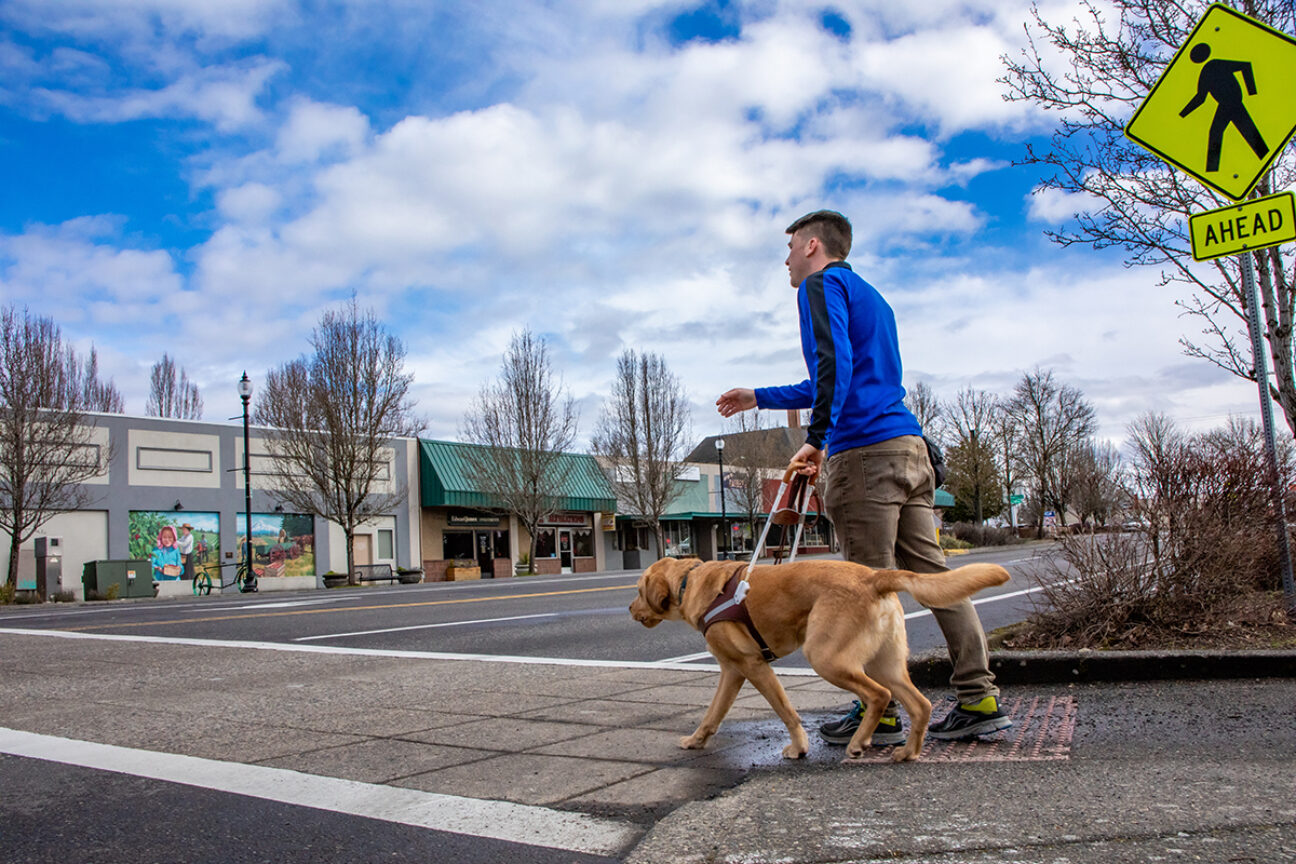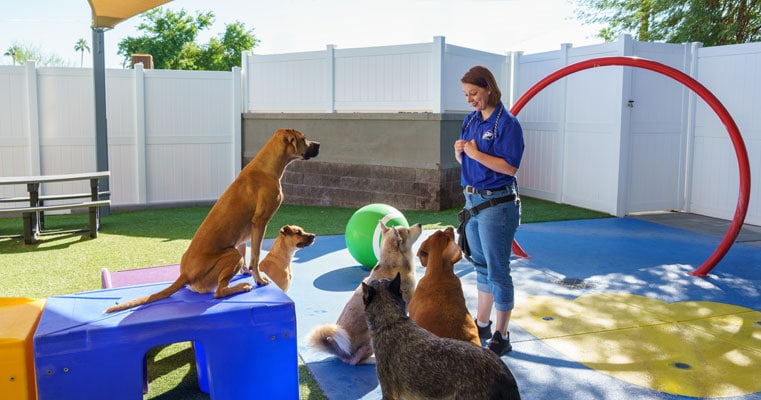The Role of Socialization in Dog Training for Better Behavior
The Role of Socialization in Dog Training for Better Behavior
Blog Article
Newbie's Overview to Successful Canine Training in your home
Successfully training a pet dog at home calls for a nuanced understanding of canine behavior and effective communication approaches. Developing clear training goals, utilizing high-grade rewards, and preserving consistency throughout family members are critical components. Incorporating training right into daily regimens can boost both involvement and retention.
Understanding Pet Habits
Comprehending dog habits is important for efficient training and fostering a harmonious relationship in between people and their canine friends. Pet dogs interact mostly via body movement, vocalizations, and faces, making it vital for proprietors to translate these signals properly. Identifying habits such as tail wagging, growling, or trembling can supply insights into a dog's emotional state and purposes.

Typical behavioral problems, such as aggression, anxiousness, or excessive barking, typically originate from misunderstandings or unmet demands. Observing and attending to these issues without delay can stop escalation and guarantee a positive training experience. By cultivating a deep understanding of pet dog actions, proprietors can customize their training approaches to suit their canine buddies, ultimately causing a mannerly and satisfied animal.
Crucial Training Tools
A fully equipped training room can considerably boost the effectiveness of canine training in the house. Important training tools make sure that both the pet and the trainer can participate in effective sessions that promote discovering and bonding.

Purchasing a sturdy chain and a comfy, well-fitting collar or harness is important for safety and security and control. These tools assist develop borders and make certain the pet dog remains protected during training. Furthermore, a marked training location, complimentary from interruptions, help concentration for both the instructor and the pet dog.
Training aids such as training pads, cones, or agility tools can likewise enhance the experience by introducing selection and obstacles. Having a notebook or digital app for tracking progress can be invaluable, permitting you to keep in mind successes and areas for renovation. Making use of these crucial tools will develop a favorable training setting and lay the structure for reliable learning.
Developing a Training Regimen
Establishing a constant training regimen is essential for efficient canine training at home. A well-structured regular not just assists in enhancing preferred actions but additionally offers your dog with a feeling of safety and predictability. To produce a reliable training routine, start by determining particular training objectives, such as standard commands, leash strolling, browse around this web-site or house-training.
Select an assigned time daily for training sessions, ideally when your pet is responsive and sharp. Procedure ought to be short, around 5 to 15 mins, to preserve emphasis and protect against fatigue. Uniformity in timing and environment will boost your pet's knowing experience.
Incorporate training into daily tasks to strengthen skills. Method commands during strolls or mealtime, which integrates learning into all-natural routines. In addition, continue to be flexible and change the routine as needed, fitting your pet's energy levels and state of mind.
Positive Reinforcement Techniques
Favorable support techniques are basic to efficient canine training, advertising wanted actions with rewards as opposed to penalty. This method uses positive stimuli, such as treats, appreciation, or playtime, to encourage canines to duplicate particular activities. The foundation of this approach is timing; benefits ought to be given immediately following the preferred habits to develop a clear organization.
When implementing favorable support, it is necessary to choose rewards that are inspiring for your canine. High-value deals with, such as small items of hen or cheese, can be particularly effective throughout training sessions. Additionally, differing the rewards can keep your canine's passion and enthusiasm.
Start with basic commands, like "sit" or "stay," and gradually progress to extra complex tasks. Consistency is essential; make certain that check these guys out all member of the family make use of the exact same commands and incentive systems to prevent complication.
Furthermore, it is crucial to stay person and prevent aggravation. Canines, like humans, discover at their very own rate. By promoting an encouraging training environment with positive support, you can improve your pet's understanding experience while reinforcing the bond in between you and your hairy friend, preparing for successful training results.
Common Educating Challenges
While training a pet dog in the house can be a gratifying Click This Link experience, it commonly features a collection of common difficulties that can test both patience and uniformity. One common issue is disturbance. Dogs might become easily averted by noises, activities, and even aromas in their atmosphere, making it tough to maintain their emphasis throughout training sessions.
An additional challenge is disparity in commands and reinforcement. It can impede and puzzle the pet progress if household members make use of various hints or benefits. Developing a unified method is vital for efficient communication.
In addition, pet dogs can experience aggravation or anxiety, especially if they do not understand what is expected of them. This can result in undesirable behaviors, such as chewing or barking.
Ultimately, the timing of reinforcement is important (Dog training). Delayed incentives can diminish the performance of favorable support, as pets might fail to connect the habits with the benefit
Overcoming these challenges requires dedication, clear interaction, and an organized training plan. Acknowledging and dealing with these common obstacles will certainly lead the way for a much more enjoyable and successful training experience in the house.
Final Thought
In verdict, successful pet training at home requires a thorough understanding of canine behavior and efficient communication approaches. By establishing clear training goals and utilizing high-grade deals with along with favorable reinforcement, the training process becomes a lot more gratifying for both the canine and the fitness instructor.
Establishing a constant training routine is crucial for reliable dog training at home.Favorable reinforcement methods are basic to efficient pet training, advertising desired habits with incentives rather than punishment (Dog training). By promoting an encouraging training setting through positive reinforcement, you can enhance your pet's knowing experience while strengthening the bond in between you and your hairy companion, laying the foundation for successful training results
In conclusion, successful canine training at home requires a detailed understanding of canine habits and reliable interaction approaches. By establishing clear training goals and making use of top quality treats alongside favorable reinforcement, the training procedure ends up being much more satisfying for both the pet and the instructor.
Report this page